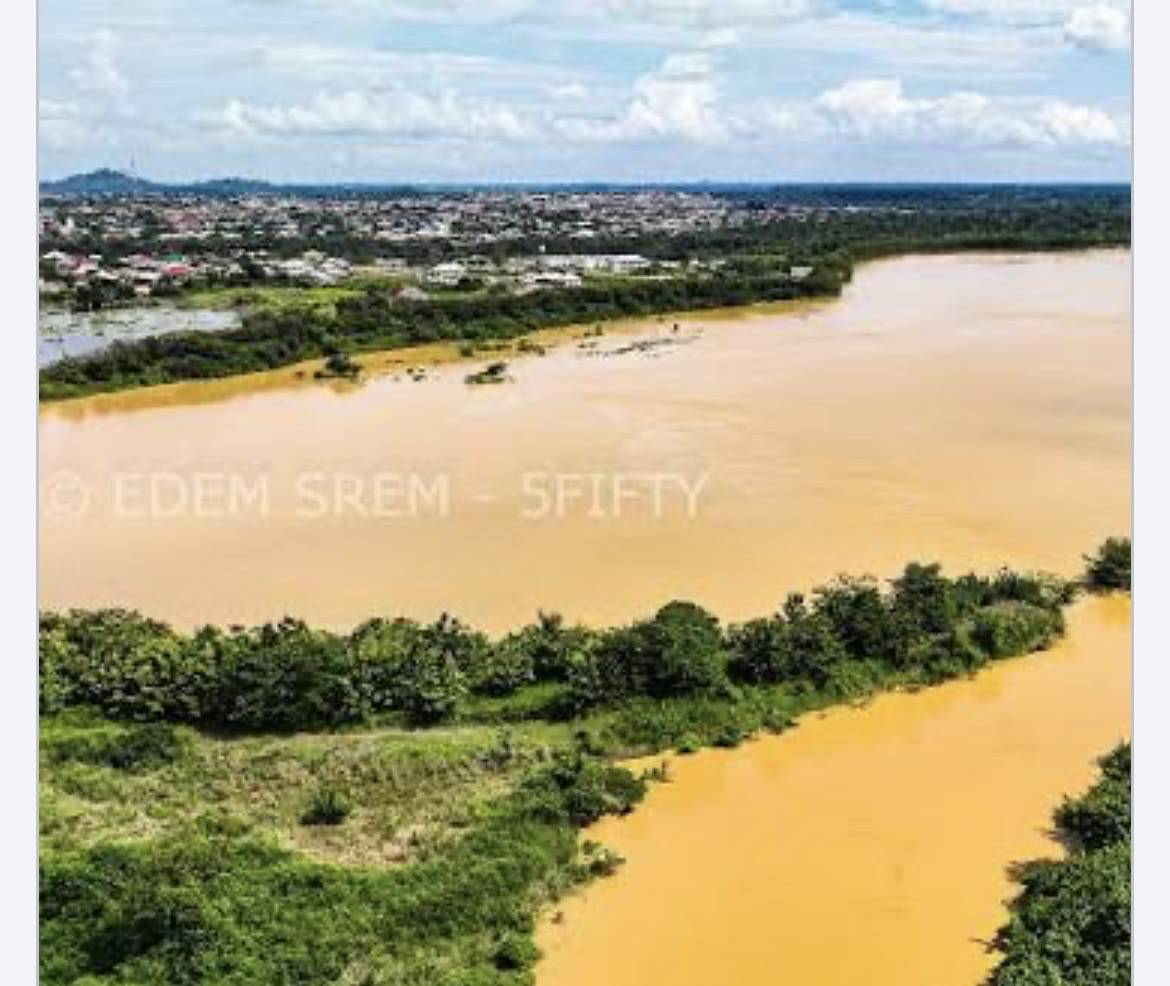Galamsey: EPA Seeks US$200,000 to Pilot 'Nano Liquid' Solution for River Remediation
The Environmental Protection Agency (EPA) of Ghana is advocating for a US$200,000 investment to pilot a groundbreaking "nano liquid" technology aimed at restoring rivers contaminated by illegal mining activities, commonly known as galamsey. This initiative represents a significant shift from traditional enforcement measures to innovative scientific approaches in addressing environmental degradation.
The Challenge of Galamsey Pollution
Galamsey has led to the severe pollution of major rivers in Ghana, with up to 60% of these water bodies being heavily contaminated. The introduction of toxic substances such as mercury and arsenic has rendered these rivers unsafe for both human consumption and agricultural use. Consequently, water treatment plants have been frequently shut down, affecting the water supply to numerous communities.
The 'Nano Liquid' Solution
The EPA's proposed solution involves a copper-based "nano liquid" designed to neutralize and remove pollutants from flowing river water. This technology has been successfully tested in laboratory settings and has shown promise in similar environmental contexts, including applications in Greece. According to Prof. Nana Ama Browne Klutse, Executive Director of the EPA, the technology is both effective and feasible for large-scale implementation in Ghana.
The "nano liquid" operates by chemically binding with pollutants, facilitating their removal from the water column. This method offers a targeted approach to decontamination, potentially reducing the need for extensive dredging or other disruptive interventions.
Funding and Implementation
To demonstrate the viability of this technology, the EPA requires an initial funding of US$200,000. These funds will be utilized to conduct a pilot project in a selected river system, allowing for real-world testing and evaluation. Successful implementation of the pilot is expected to garner broader support and funding for nationwide application.
Prof. Klutse emphasized the importance of securing this funding promptly, stating that with the necessary resources, the pilot could commence immediately. She also highlighted that while the full-scale remediation of all affected rivers will require substantial investment, the pilot project represents a manageable and critical first step.
Broader Implications and Future Prospects
The adoption of the "nano liquid" technology could mark a transformative approach in environmental management in Ghana. By integrating scientific innovation into the fight against galamsey-induced pollution, the EPA aims to set a precedent for addressing complex environmental challenges through research and technology.
Furthermore, this initiative aligns with global trends towards sustainable environmental practices and could enhance Ghana's reputation as a leader in environmental stewardship in Africa.
In conclusion, the EPA's proposal for a US$200,000 pilot project to test the "nano liquid" solution offers a promising pathway to mitigating the adverse effects of galamsey on Ghana's water bodies. With timely funding and successful implementation, this project could pave the way for comprehensive environmental restoration efforts across the nation.



